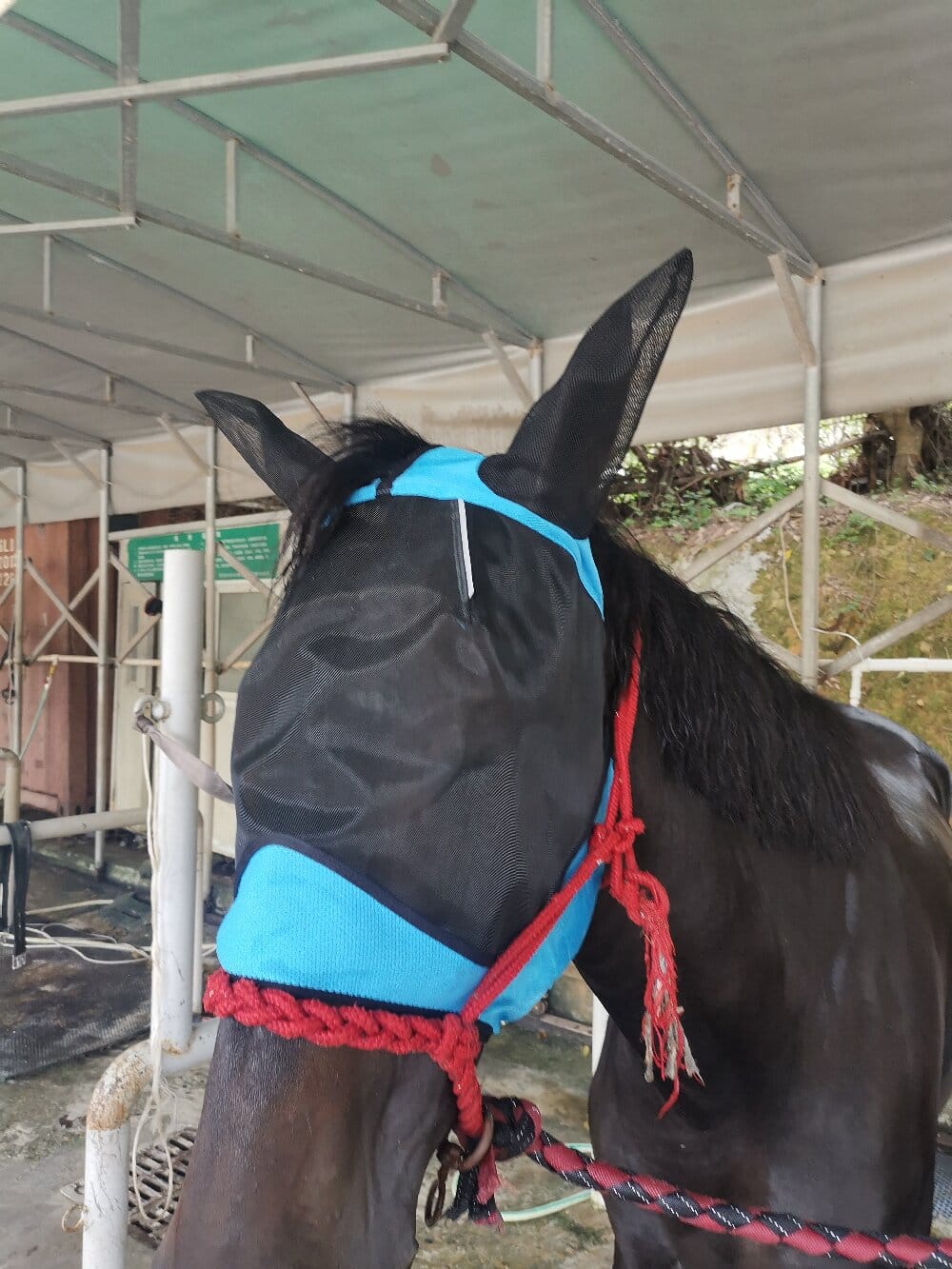Imagine you are a horse owner in the 18th century, watching your prized workhorse or cherished riding companion suffer through a summer plagued by flies. You see the constant swishing, the frantic head-tossing, the raw patches around their eyes where flies have fed. Your tools are limited, perhaps a homemade salve or a tassel tied to a bridle. This was the reality for centuries before the invention of the modern horse fly mask. The journey of this essential piece of equine equipment is a fascinating tale of evolving empathy, material science, and a deepening understanding of equine welfare. It represents a fundamental shift from simply managing a horse to actively protecting its comfort and health.
The Humble Beginnings of Eye Protection
Before specialized gear, your historical counterparts had to be resourceful. Early methods for fly protection were rudimentary. You might have seen horses wearing leather blinker-style attachments on their bridles, not just for focus, but to create a physical barrier. In other regions, horsemen used “fly fringes,” which were decorative tassels or beads hung from the browband and cheekpieces of a bridle. The idea was that the swinging motion would deter insects. Some even applied mixtures of tar or grease around the horse’s eyes, a messy and only marginally effective solution that highlights the desperate need for a better way. These early attempts show a clear recognition of the problem, but the solutions were a far cry from the purpose-built fly protection we know today.
The Material Revolution: A New Era of Comfort
The real turning point in the history of the horse fly mask came with the development of new, soft, and breathable synthetic materials in the mid-20th century. Think about the first time you handled an old-style mask; it was likely stiff, bulky, and not very forgiving. The advent of lightweight, machine-washable meshes changed everything. Suddenly, you could provide your horse with a barrier that was not only effective but also comfortable enough for all-day wear. This material innovation meant that a fly mask was no longer a piece of equipment you put on just for a particularly buggy ride, but a standard piece of turnout gear for the entire fly season, fundamentally changing daily equine management.
Beyond the Basics: The Rise of Specialized Fly Protection
As the basic mesh mask became commonplace, the equine industry began to understand that one size does not fit all. This led to an explosion of specialized designs to meet the specific needs of different horses. You now have a choice of masks that offer varying levels of protection. For the horse with chronic eye issues or extreme sensitivity, you can select a mask that provides crucial UV protection, shielding delicate eye tissues from the sun’s harmful rays. For horses with long ears constantly targeted by insects, you can find a fly mask with ears, offering comprehensive coverage. There are even full-face designs that protect the muzzle and chin, areas often irritated by biting flies. This specialization means you can tailor your fly control strategy precisely to your horse’s individual requirements.
Why Your Horse’s Fly Mask is a Testament to Progress
When you fasten that soft mesh mask over your horse’s eyes today, you are participating in a long history of equine care. The modern horse fly mask is more than just a convenience; it is a direct result of centuries of observation, innovation, and a growing commitment to animal welfare. It prevents eye injuries, reduces stress, and allows your horse to enjoy its time in the pasture peacefully. The evolution from tar and tassels to technical, breathable fabrics with UV-blocking capabilities is a powerful story of progress.
In conclusion, the journey of the horse fly mask mirrors our own journey in horsemanship. It shows a move from reactive problem-solving to proactive prevention. By choosing the right fly protection for your horse, you are not just keeping flies at bay; you are honoring a legacy of care and applying the best that modern science and compassion have to offer. It’s a simple tool that carries the weight of history, ensuring our equine partners are as comfortable and protected as possible.

